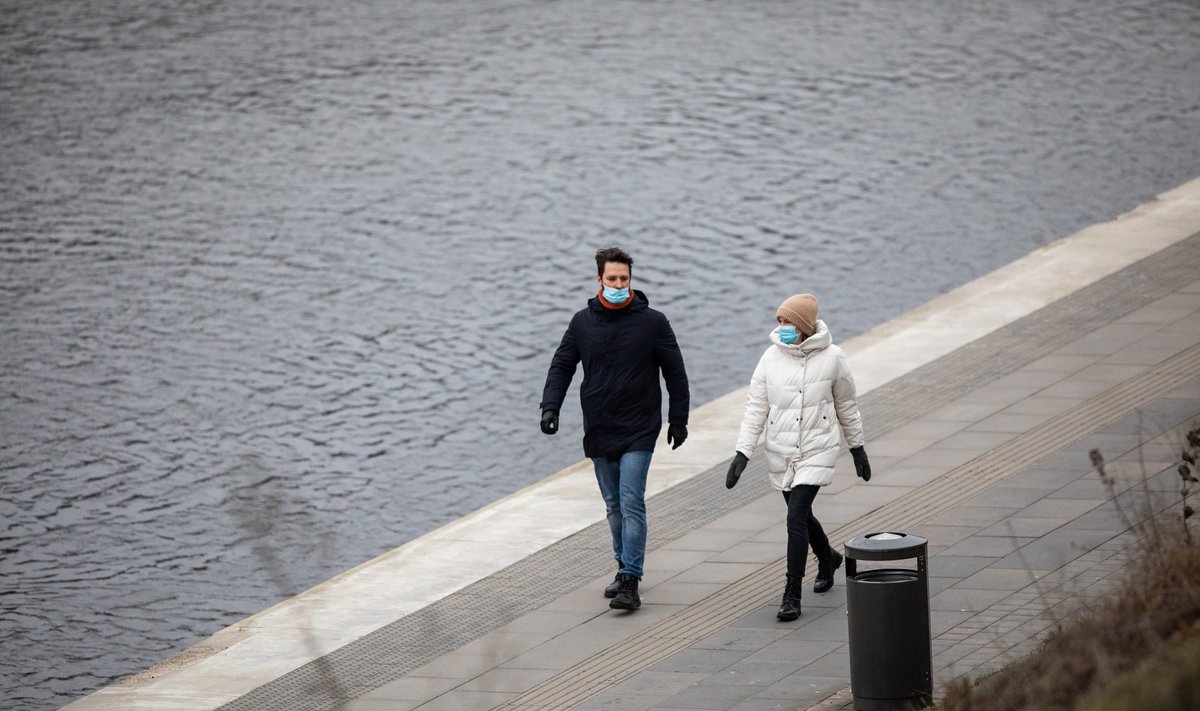A social support bubble means that a single-person household can have close contact with one other household "to provide emotional and practical help to people experiencing greater isolation stress", according to the experts' proposal made public by the government on Tuesday.
The four lockdown scenarios are based on the number of new coronavirus cases per 100,000 people over the last 14 days.
The experts propose to apply the most stringent measures, which are in place now, in the worst-case scenario where the number exceeds 500.
Lithuania's 14-day rate currently stands at 1,199.1, according to the country's statistics office.
When the number falls below 500 but is still higher than 100, the lockdown rules could be relaxed to allow close contact between two households and permit schoolchildren to return to classrooms. Stores that sell items considered non-essential would be allowed to open, provided that they restrict shopper flows.
If the number is between 25 and 100, local restrictions would be put in place instead of country-wide ones. Close contact between three households would be allowed and restrictions on health and other services would be lifted. Events with up to 100 attendees would be permitted, and cafes, bars and restaurants, as well as museums, theaters and other venues would be allowed to open.
Most restrictions would be lifted if the number of new infections is below 25 per 100,000 people, the rate of positive test results does not exceed 4 percent and an effective testing and contact tracing system is in place.
The experts propose that even in the worst-case scenario, a person who lives alone should be allowed to form a social bubble with any other household, regardless of its size, if members of both households commit to not having any close contact outside their bubble.
The council, which advises the government on the management of the COVID-19 crisis, is made up of medical professionals, representatives of health care establishments, and scientists.
